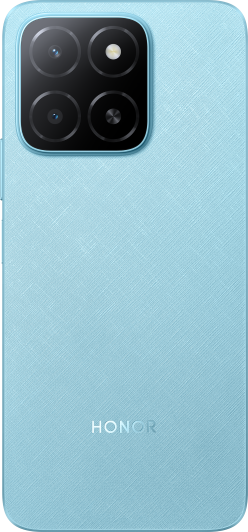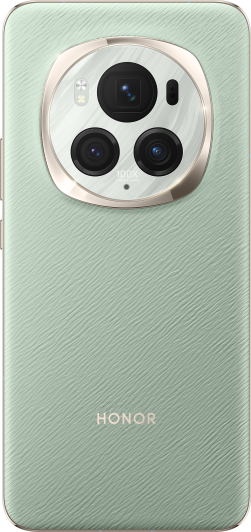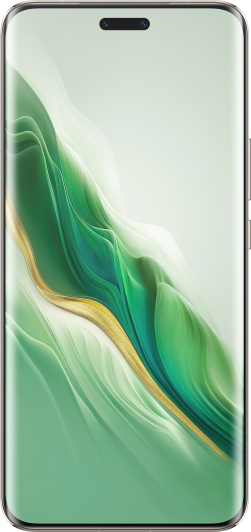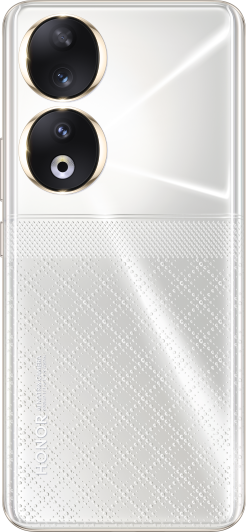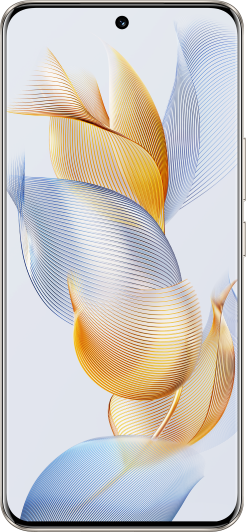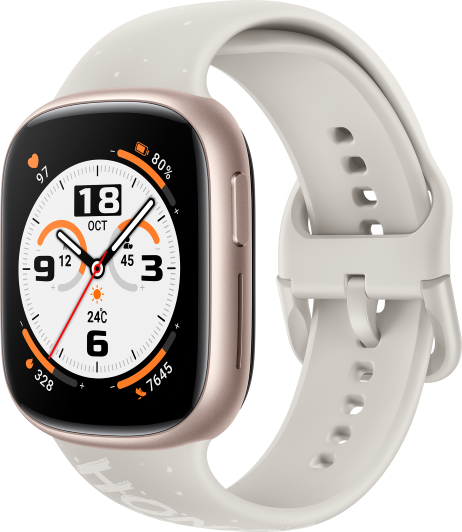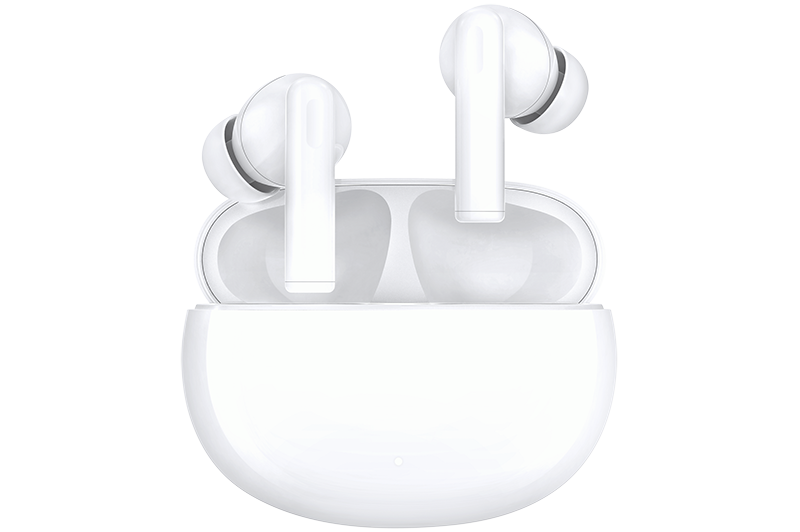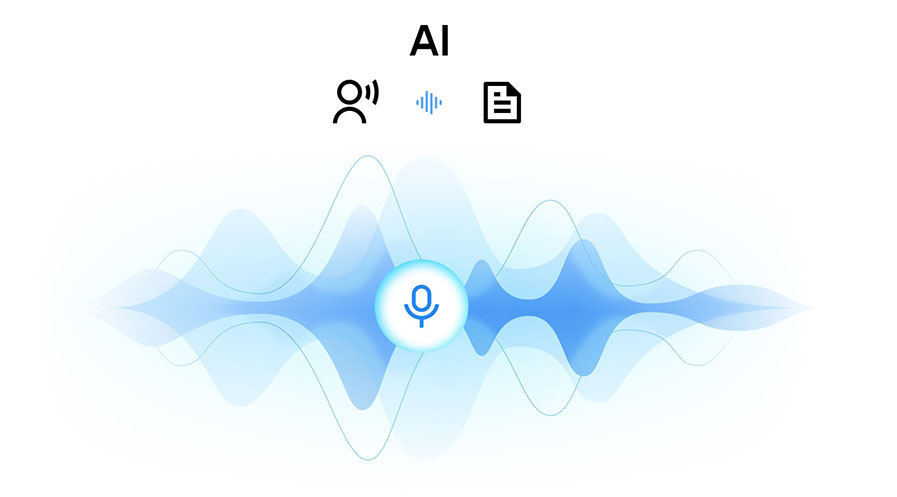TOP

我的荣耀 开启荣耀之旅
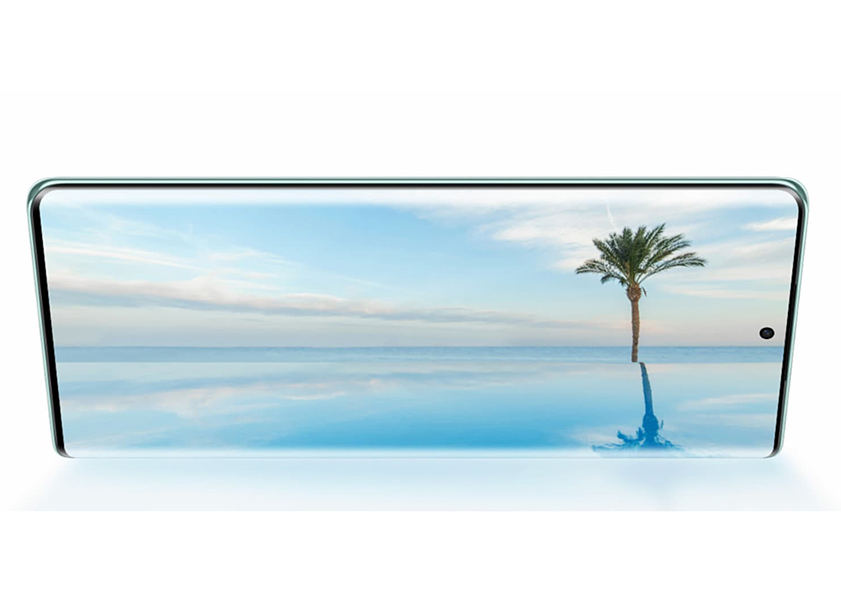
What Is Curved Display Phone? Understanding the Design
The smartphone industry is constantly evolving, and one of the latest innovations taking the market by storm is curved display phones. But what is curved display phone, and how does it differentiate itself from the traditional flat-screen models? This article delves into the intricacies of curved display phones, comparing them with their flat display counterparts, and highlighting the advantages of adopting a curved display for daily use. Join us to learn everything you need to know about these innovative devices!
What Is a Curved Display Phone?
A curved display phone is a type of smartphone that features a screen with gently curved edges. Unlike traditional flat displays, curved screens have a subtle bend along the edges, creating a visually distinctive and modern look. This design innovation is not solely for aesthetic purposes; it also serves functional and user experience enhancements.
These displays are crafted using curved OLED (Organic Light Emitting Diode) technology, which allows the screen to bend without compromising its quality or durability. The curvature of the display can vary, with some phones having a more pronounced curve than others.
Curved Display vs Flat Display - What Is the Difference?
While both traditional flat displays and innovative curved displays serve the primary function of delivering visual content, the differences between them extend beyond mere aesthetics. Let's delve into their distinctions:
Design and Aesthetics
• Curved Display: Curved displays are designed with a slight curve, typically towards the edges of the screen. This design aims to mimic the natural curvature of the human eye, providing an immersive and more visually engaging experience. The curved shape can add a touch of elegance and modernity to the overall aesthetics of the device.
• Flat Display: Flat displays, on the other hand, have a traditional flat surface without any curvature. While they may lack the unique visual appeal of curved displays, they are often preferred for their simplicity and compatibility with various design styles.
User Experience and Functionality
• Curved Display: Curved displays improve the user experience by offering enhanced viewing angles and reducing glare, making it easier to view content under various lighting conditions. The curvature of the screen can also introduce unique functionality, such as edge panels and shortcuts that allow users to navigate their device more efficiently.
• Flat Display: Flat displays offer a more straightforward viewing experience. They are generally considered suitable for a wide range of applications, including productivity tasks, content creation, and general entertainment. Flat displays may be preferred for tasks that require a more accurate representation of straight lines and proportions.
Versatility and Availability
• Curved Display: Curved displays are often found in premium smartphones, positioning them as a luxury feature that enhances the device's overall appeal and distinguishes it from the competition. Yet, as their appeal broadens, curved display phones are becoming more accessible. For example, the HONOR X9b brings the sleekness of curved display and a slender form factor into a more affordable bracket, priced at just £349.99.
• Flat Display: Flat display phones have long been the industry standard, offering a broad spectrum of models across various price points and brands. This widespread adoption has resulted in a vast array of options for consumers, from budget-friendly models to high-end flagships. The technology behind flat displays is well-established, allowing for consistent quality and performance across different devices.
Advantages of Curved Display for Daily Use
Curved display phones bring a range of advantages that extend beyond their initial visual appeal. Here are some of their key benefits for everyday use:
Enhanced Immersive Experience
The curvature of the display mimics the natural shape of the human eye, contributing to a heightened sense of immersion during various activities. Whether you're watching videos, playing games, or simply scrolling through content, the curved edges draw your attention into the display, creating a more captivating and enjoyable visual experience. A good example is HONOR 70, which boasts a stunning dual-curved screen that gracefully arcs in both directions, delivering a natural and immersive viewing experience.
Improved Ergonomics and Comfort
The ergonomic design of curved display phones is another notable benefit. The subtle curvature allows for a more natural fit in the palm of your hand, reducing strain on your fingers and wrist during extended usage. This ergonomic consideration enhances overall comfort, making the phone a pleasure to hold and use for extended periods. You can find such benefits in the HONOR 90, which is crafted using an innovative suspended quad-curved fitting process. This model also boasts a feather-light 183g weight and a sleek 7.8mm thickness, ensuring an optimal and comfortable grip.
Innovative and Unique Features
Curved displays also pave the way for innovative features that enhance user interaction and functionality. Many manufacturers utilize curved edges to introduce edge panels or side notifications, offering quick access to apps, shortcuts, and alerts without disrupting the main screen. These features provide a unique way to interact with the device, offering convenience and efficiency by placing essential functions at the user's fingertips.
Reduced Glare and Reflections
The curved shape of these displays plays a crucial role in reducing glare and reflections. By angling the screen away from direct light sources, curved displays can offer better visibility in bright conditions, reducing eye strain and making it easier to view content outdoors or in well-lit environments. This advantage is particularly beneficial for users who spend a lot of time on their phones.
Conclusion
Curved display phones have undoubtedly carved a niche for themselves in the smartphone market. It's clear that this technology offers more than just aesthetic appeal. They enhance the user experience by providing immersive visuals, superior ergonomics, and unique features that redefine our interaction with mobile devices. As technology continues to advance, we can expect further refinements and creative implementations of curved displays in upcoming smartphone models.
FAQ
Do phones with curved screens break more easily?
Phones with curved screens can be more prone to damage when dropped or subjected to pressure, as the curved edges may be more exposed and less protected by the phone's frame or case compared to flat screens. However, the actual durability also depends on the materials used for the screen and frame, as well as the design and build quality of the phone.
How do I protect my phone with a curved screen?
To safeguard your phone with a curved screen, apply a screen protector designed for curved surfaces, such as TPU or tempered glass, and use a compatible protective case that covers the screen's edges. Minimize the risk of damage by handling your phone carefully and avoiding hard impacts.
Should I use tempered glass on curved display phone?
The benefits of using tempered glass on your curved screen phone are significant, especially in terms of overall protection. A tempered glass protector can shield your screen from scratches and drops, maintaining the vibrant colors of your display and providing a feel that is often similar to the original screen. They can also be easy to apply without bubbles. However, challenges do exist. You may see a halo effect or experience touch sensitivity issues around the edges. In some cases, the tempered glass may not contour perfectly to the screen's curve, and it may not be aesthetically pleasing to all as it adds some thickness to the screen.
Do curved screens cause eye strain?
Curved screens are designed to reduce eye strain by matching the natural curvature of the human eye, offering a more uniform viewing distance across the screen. This can lead to less eye strain for some users, especially during prolonged use. However, the effect can vary from person to person.
Source: HONOR Club
We use cookies and similar technologies to make our website work efficiently, as well as to analyze our website traffic and for advertising purposes.
By clicking on "Accept all cookies" you allow the storage of cookies on your device. For more information, take a look at our Cookie Policy.
Functional cookies are used to improve functionality and personalization, such as when playing videos or during live chats.
Analytical cookies provide information on how this site is used. This improves the user experience. The data collected is aggregated and made anonymous.
Advertising cookies provide information about user interactions with HONOR content. This helps us better understand the effectiveness of the content of our emails and our website.


